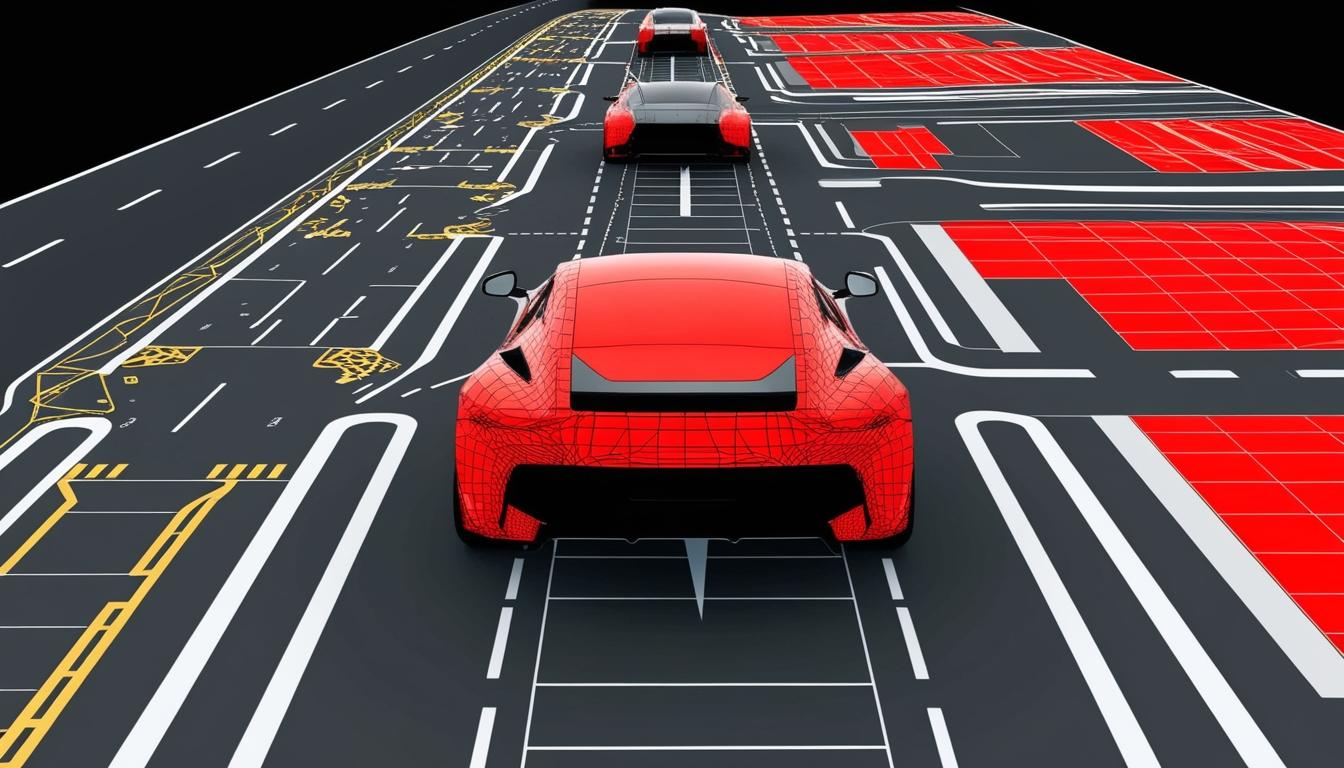Location technology company TomTom has recently unveiled a significant enhancement to its Orbis Maps, introducing immersive 3D lane geometry that, according to the company, boasts unprecedented global coverage. This advancement is enabled through AI-based updates, providing lane-level precision that is accurate to the centimetre and is continuously refreshed.
TomTom's enhancement comes at a time when the automotive industry is experiencing a surge in vehicles equipped with advanced driver assistance systems (ADAS). These systems rely heavily on precise and reliable lane-level maps for optimal functionality and safety. As automated driving features at SAE Level 2 and above become increasingly commonplace, the need for up-to-date lane-level mapping data across all roads has intensified. Historically, the high costs and substantial resources required to produce these maps have restricted their availability.
By leveraging cutting-edge advancements in artificial intelligence, including core vision models, TomTom's Orbis Maps can now generate 3D lane geometry applicable to various road types. The innovation harnesses a diverse array of data sources, incorporating crowdsourced information from production vehicles and dashcams, alongside aerial and satellite imagery, lidar survey data, and more. The result is a fresh and cost-effective 3D mapping solution characterised by extensive and detailed coverage.
The new mapping capabilities delineate every road surface and painted line with precision, while also integrating 3D representations of traffic signs and other critical objects. By analysing the behavioural speeds and travel patterns of millions of drivers, TomTom Orbis Maps facilitates improved automation in complex urban scenarios. This enhanced capacity allows for better navigation through challenging situations, such as busy intersections, high-speed junctions, and interactions with vulnerable road users.
Beyond the automotive sector, the improvements to TomTom's mapping technology are poised to benefit other industries significantly. In the field of logistics, last-mile delivery operations can be optimized, resulting in notable time and cost efficiencies for transport companies. Additionally, urban planners stand to gain from the enriched granularity in map data, which supports well-informed decisions regarding lane-level traffic management, bike lane infrastructure, public transport planning, and the layout of parking spaces.
Mike Schoofs, Chief Revenue Officer of TomTom, highlighted the transformative nature of these enhancements, stating, “Our enhancements to TomTom Orbis Maps represent a transformative step in mapping technology. With its unmatched coverage and precision for immersive 3D lane geometry, TomTom Orbis Maps provides a versatile, cost-effective solution for businesses. This innovation not only accelerates the development of automated driving but also provides urban planners and government officials with the insights they need to create smarter, more efficient cities.”
As TomTom rolls out these developments, the implications for businesses across various sectors are substantial, with potential advancements in operational efficiency and planning capabilities. The evolving landscape of AI-enabled mapping technology continues to shape the future of both transportation and urban development.
Source: Noah Wire Services
